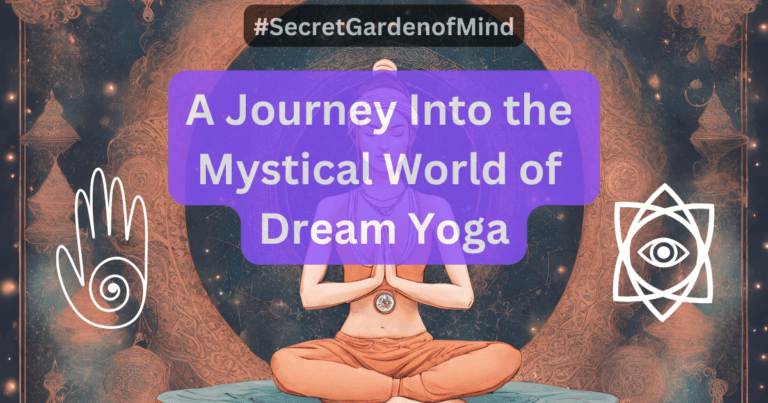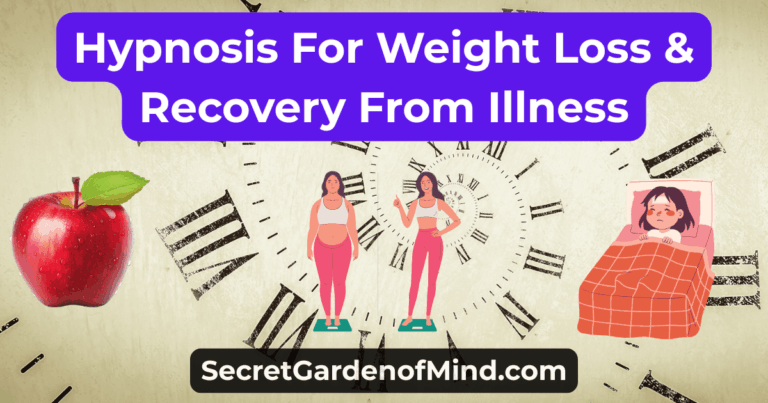Learning Mindfulness Techniques For Yoga Retreats – Elevate Your Practice Beyond The Mat!
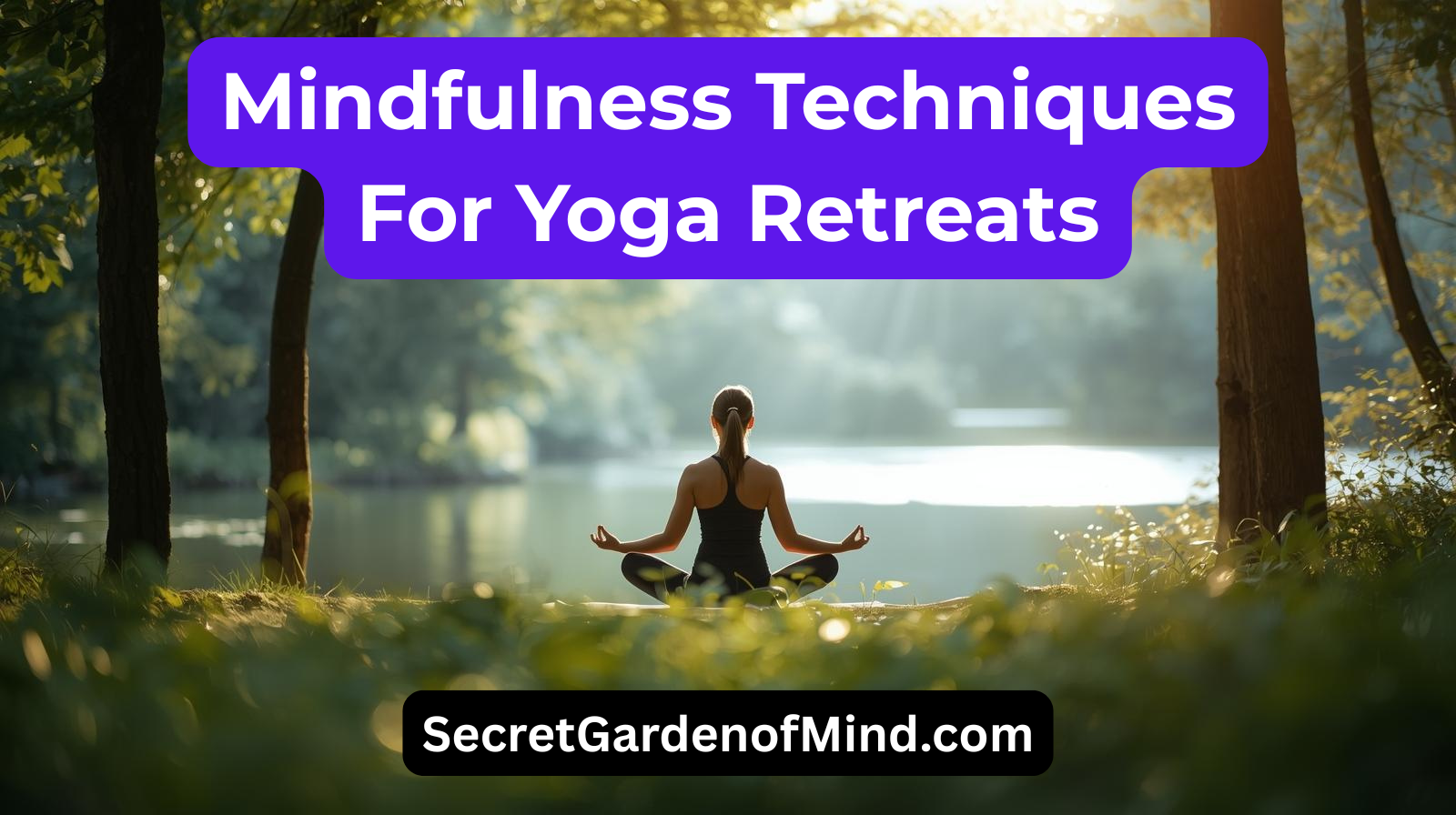
Mindfulness Techniques for Yoga Retreats is more than a buzzword—it’s a transformative approach that can completely elevate your experience on and off the mat. In this post, we’ll explore how mindfulness, breathwork, and guided meditation can help you unlock the full potential of your yoga retreat.
Imagine being fully present, where each inhale, exhale, and movement connects body and mind in perfect harmony. This is the essence of mindfulness for yoga retreats—a practice that enhances clarity, focus, and inner peace.
Understanding the connection between yoga and mindfulness allows you to tap into the full potential of your practice. Every asana becomes more than a stretch—it’s an opportunity to explore yourself from the inside out, noticing subtle shifts, your heartbeat, and the flow of energy throughout your body.
Whether you’re a seasoned yogi or attending your first retreat, embracing mindfulness makes your sessions grounding, enlightening, and liberating. Start your journey today and experience the profound benefits of a fully present yoga practice.
Mindfulness Techniques For Yoga Retreats Explained!
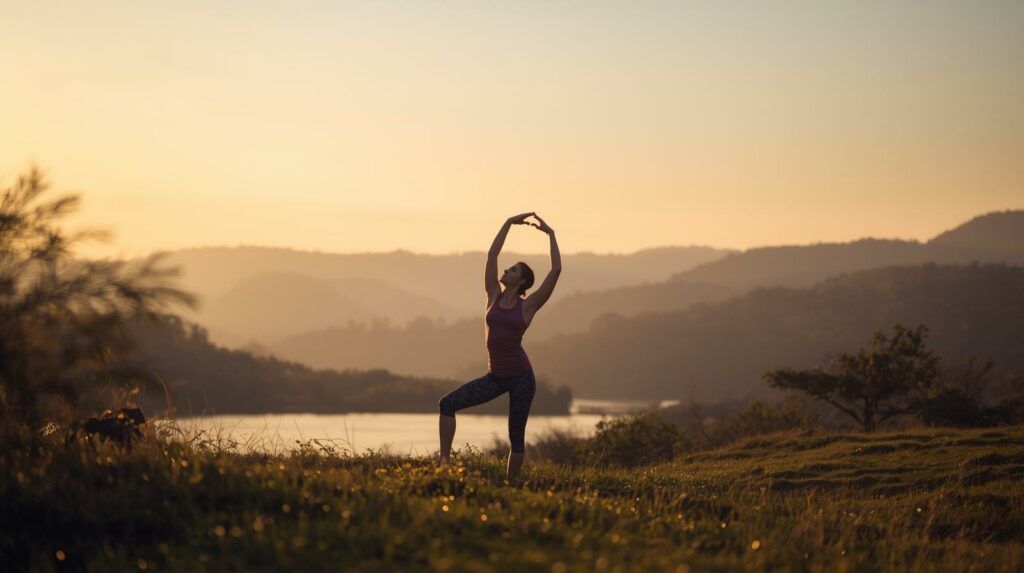
The connection between mindfulness and yoga is all about syncing mind and body. Being present during your yoga session means you’re not just moving for the sake of it.
Every pose becomes an opportunity to explore yourself from the inside out. You might notice the ground beneath your feet, the rhythm of your heartbeat, or how your muscles engage. This heightened awareness deepens your practice and creates a profound sense of peace.
Whether you’re a seasoned yogi or attending your first retreat, embracing mindfulness makes each session grounding, enlightening, and liberating.
Breathwork Techniques: The Foundation of Mindful Practice
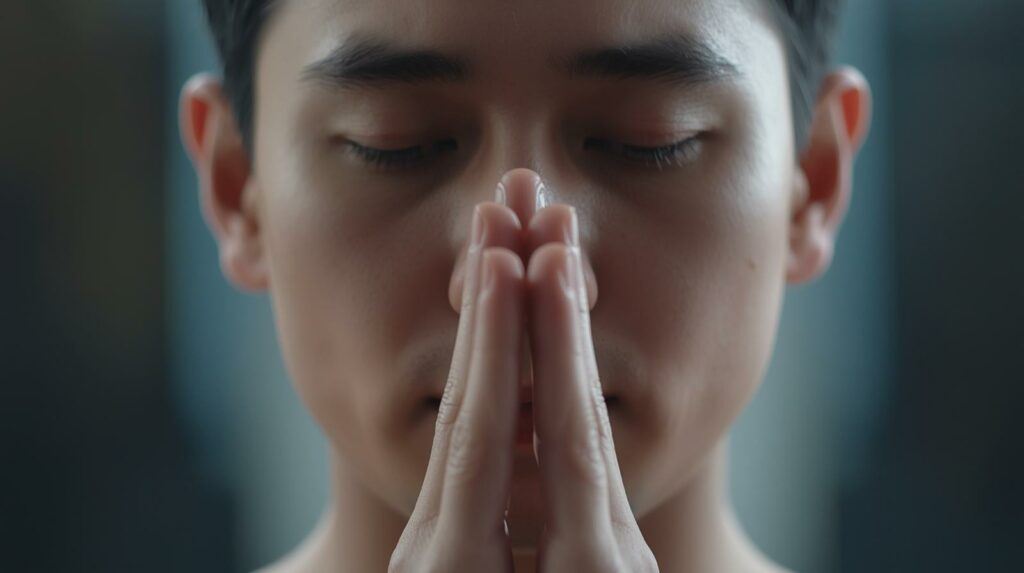
Breath is life, and in yoga and mindfulness practices, how you breathe can transform your entire session. Breathwork, or pranayama, is more than simple inhaling and exhaling—it’s a powerful tool to connect your mind and body and enhance your yoga practice. Read More: Yoga Journal – Pranayama Techniques
Different pranayama techniques offer unique benefits. For example;
- Anulom Vilom (Alternate Nostril Breathing): Balances energy and calms the mind.
- Kapalabhati (Skull-Shining Breath): Invigorates, detoxifies, and energizes the body.
- Box Breathing: Helps to reduce stress and improve focus.
Practicing mindful breathwork allows you to tune into the present moment, letting distractions fade and mental clarity flourish. Aligning your breath with intention not only improves your focus but also boosts circulation, oxygenates your cells, and supports overall physical health.
Incorporating conscious breathing into your yoga sessions centres both body and mind. Over time, these techniques carry off the mat as well, helping you remain calm, focused, and grounded in your daily life.
“Want to deepen your practice? Check out our full guide to pranayama techniques for yoga beginners.”
Mindful Movement: Integrating Awareness into Asana Practice
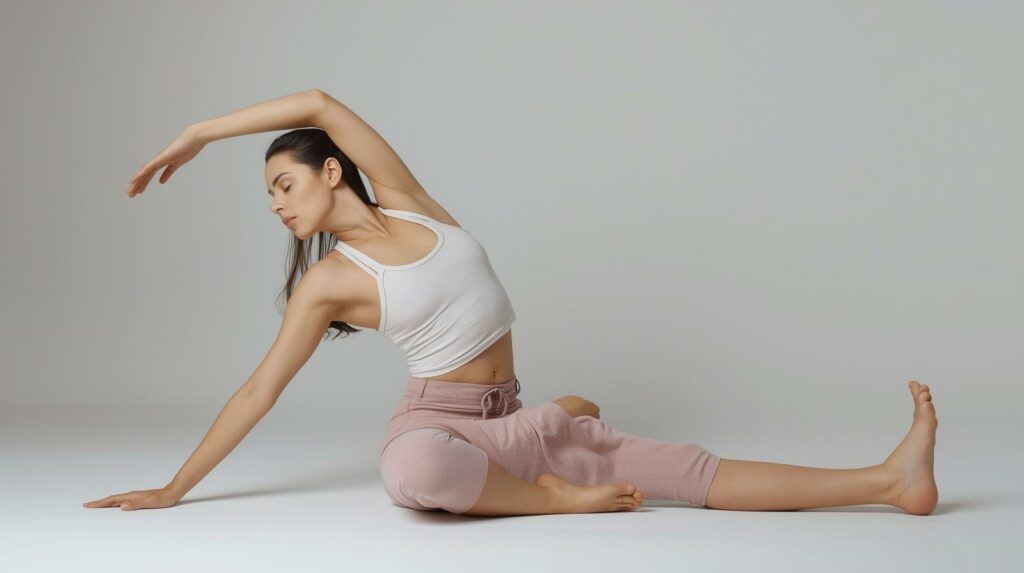
Yoga is more than a sequence of poses—it’s about moving with mindfulness and intention. Mindful movement in yoga turns each asana into a full-bodied exploration of the present moment, strengthening the connection between mind and body.
How to Practice Mindful Movement:
- Focus on Alignment and Awareness: Proper positioning prevents injury and enhances the effectiveness of each pose.
- Slow Down: Transition deliberately between poses to observe how your body responds.
- Engage the Senses: Feel the stretch of muscles, notice your heartbeat, and connect with your breathing.
Engaging in mindful movement techniques not only transforms your yoga sessions but also fosters mental clarity and resilience. By being fully present in each pose and transition, you maximize the benefits of every session, creating a deeper, more rewarding yoga practice.
“Explore more ways to enhance your flow with our post on mindful movement techniques.”
Guided Meditation: Nurturing Mental Clarity and Calm

Meditation can feel challenging at first, but guided meditation for yoga and mindfulness makes it accessible and rewarding. A guided session acts like a supportive companion, helping you explore your inner landscape with ease.
Beginner-Friendly Options:
- Body Scan Meditation: Enhances bodily awareness and relaxation.
- Loving-Kindness Meditation: Fosters compassion for yourself and others.
- Breath-Focused Guided Meditation: Helps maintain focus and calm.
Guided sessions allow you to release worries about “doing it right” and fully immerse in the experience, promoting deeper calm, clarity, and mental resilience. Tailoring your meditation to your needs—whether for stress relief, creativity, or emotional balance—enhances the benefits even further.
Incorporating guided meditation into your yoga routine nurtures both mind and body, creating a space for inner peace that extends beyond your retreat into everyday life.
“Learn how to start meditating today with our guided meditation tips.
Mindfulness Off the Mat: Incorporating Techniques into Daily Life

Bringing mindfulness off the mat can transform your everyday life. By applying mindfulness techniques learned during yoga retreats to daily activities, you extend the calm, focus, and insight gained on the mat into every moment.
Practical Ways to Practice Mindfulness Daily:
- Mindful Eating: Savor every bite and appreciate the nourishment.
- Micro-Meditations: Pause for a few deep breaths during a busy day.
- Mindful Tasks: Washing dishes or walking can become moments of presence.
Building a consistent mindfulness routine is essential. Short, intentional breaks for conscious breathing or guided meditation act as anchors in the midst of a busy day.
When you embrace mindfulness in daily life, the benefits of your yoga retreat—calm, clarity, and inner peace—become lasting habits, enriching your overall well-being.
“Bring mindfulness into your daily life by reading our mindful living routines
Preparing for a Mindful Yoga Retreat
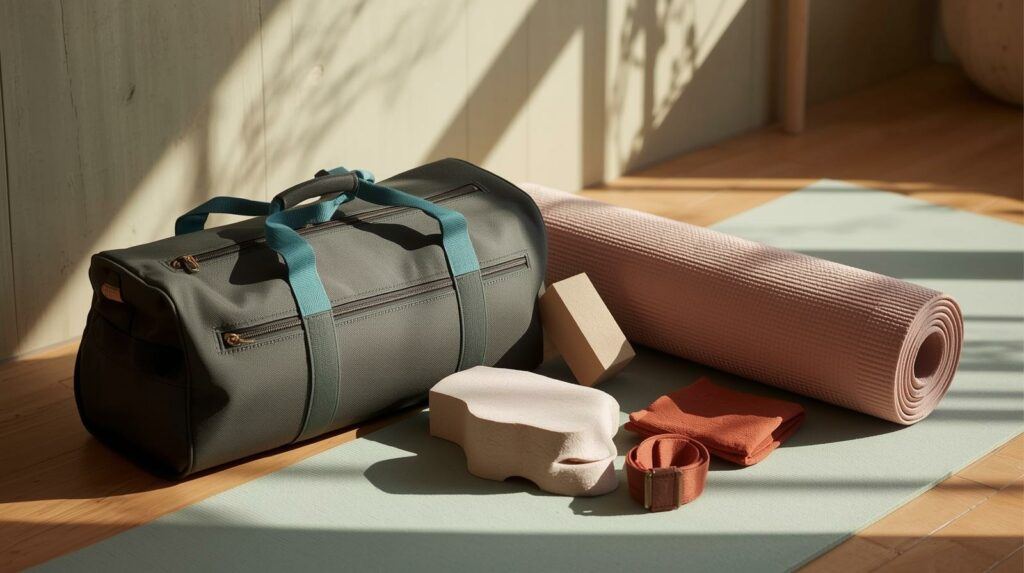
Preparing for a yoga retreat with mindfulness in mind can make a huge difference in your experience. Practicing breathwork, mindful movement, and guided meditation in advance sets the stage for deeper relaxation, focus, and self-awareness.
Bringing these techniques into your routine before your retreat ensures that you maximize the benefits of each yoga session and can carry the mindfulness practices into daily life.
- Practice breathwork and guided meditations in advance.
- Set aside a few minutes daily for mindful movement at home.
- Commit to noticing sensations and thoughts without judgment.
Even small steps can dramatically improve your experience, making your retreat more restorative, transformative, and fulfilling.
“Get ready for your next retreat with our yoga retreat preparation checklist.
In Conclusion
Preparing for a yoga retreat with mindfulness in mind can make a huge difference in your experience. By practicing breathwork, mindful movement, and guided meditation before your retreat, you set the stage for deeper relaxation, focus, and self-awareness.
The tools you develop through mindfulness for yoga retreats aren’t just for the mat—they can enhance your daily life, helping you manage stress, stay centered, and cultivate lasting inner peace.
If you have questions or want to share your experiences, feel free to leave a comment or reach out via email at XanderChakra@gmail.com. I’m always happy to help fellow mindfulness seekers on their journey.
Thank you for reading,
Alex B. Chivers
SecretGardenOfMind.com
1. What is mindfulness in yoga?
Mindfulness in yoga means being fully present in each moment of your practice — noticing your breath, body sensations, and thoughts without judgment. It’s about moving and breathing with awareness, allowing you to connect more deeply with yourself.
2. How does mindfulness enhance a yoga retreat?
Practicing mindfulness during a yoga retreat helps you fully immerse in the experience. It deepens your connection to each pose, enhances relaxation, and brings a greater sense of peace and clarity — turning an ordinary retreat into something truly transformative.
3. Can beginners practice mindfulness at a yoga retreat?
Absolutely! Mindfulness isn’t about perfection — it’s about awareness. Beginners can start by focusing on their breath, noticing sensations in the body, and gently returning attention to the present moment whenever the mind wanders.
4. What are some mindfulness techniques to try before a yoga retreat?
Try simple breathwork exercises like Anulom Vilom (alternate nostril breathing) or Kapalabhati (cleansing breath). You can also practice guided meditations or body scans to build awareness and focus before your retreat begins.
5. How can I stay mindful after my yoga retreat ends?
Integrate mindfulness into your daily routine through small practices — like mindful eating, conscious breathing, or short meditations. Even simple actions, such as walking or having tea mindfully, can help carry the calm and awareness from your retreat into everyday life.
6. Do I need to meditate every day to be mindful?
Not necessarily. While meditation helps strengthen mindfulness, it’s just one way to practice. You can cultivate mindfulness through yoga, journaling, mindful breathing, or even during routine activities like cooking or driving — it’s all about presence and awareness.
7. What are the main benefits of combining mindfulness with yoga?
Combining mindfulness with yoga enhances flexibility, balance, and concentration while reducing stress and anxiety. It encourages self-compassion, emotional balance, and a deeper understanding of your body’s needs, both on and off the mat.
8. What should I bring to a mindful yoga retreat?
Pack essentials like a comfortable yoga mat, journal, water bottle, and light, breathable clothing. You may also want to bring a meditation cushion, essential oils, or a mindfulness journal to support your reflective practice.
Related Posts:
- Where To Find The Best Yoga Retreats In The UK and Ireland In 2025
- Discover Inner Peace: Top 5 Yoga And Meditation Retreats In Thailand
- Exploring the Mystical World of Dream Yoga and Meditation
- Unlock Your Inner Yogi With A 200 Hour YTT Course In Bali





alzheimer disease therapy amazon bean products bean products bean bags bean products bed pillows bean products bolster bean products chicago bean products coupon code bean products decorative accent pillows bean products shredded foam bean products usa bean products yoga Dream Diaries energy healing guided meditation for cancer guided meditation for cancer healing guided meditation for cancer patients how to lucid dream Law of Attraction Light and Sound Machine lucid dream herbs Manifestation Marcus Aurelius Marcus Aurelius Meditations Marcus Aurelius Most Famous Quotes meditation meditation alzheimer meditation alzheimer prevention meditation alzheimers meditation dementia meditation for cancer healing meditation for memory loss meditation memory meditation memory loss mr bean new products pre dementia reiki alzheimer reiki dementia reiki distance healing remote viewing exercises free remote viewing future remote viewing future predictions remote viewing gambling The Source third eye meditation transcendental meditation for cancer

